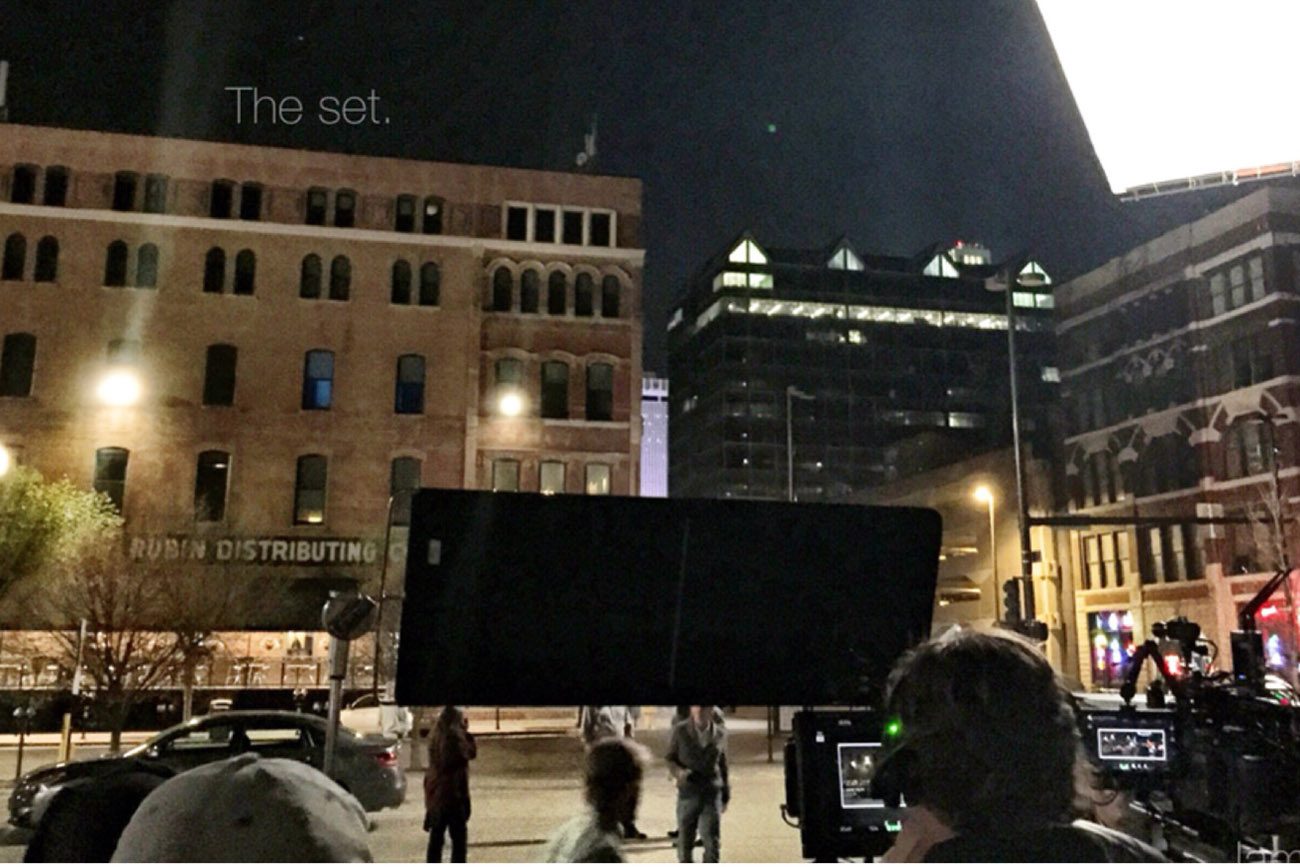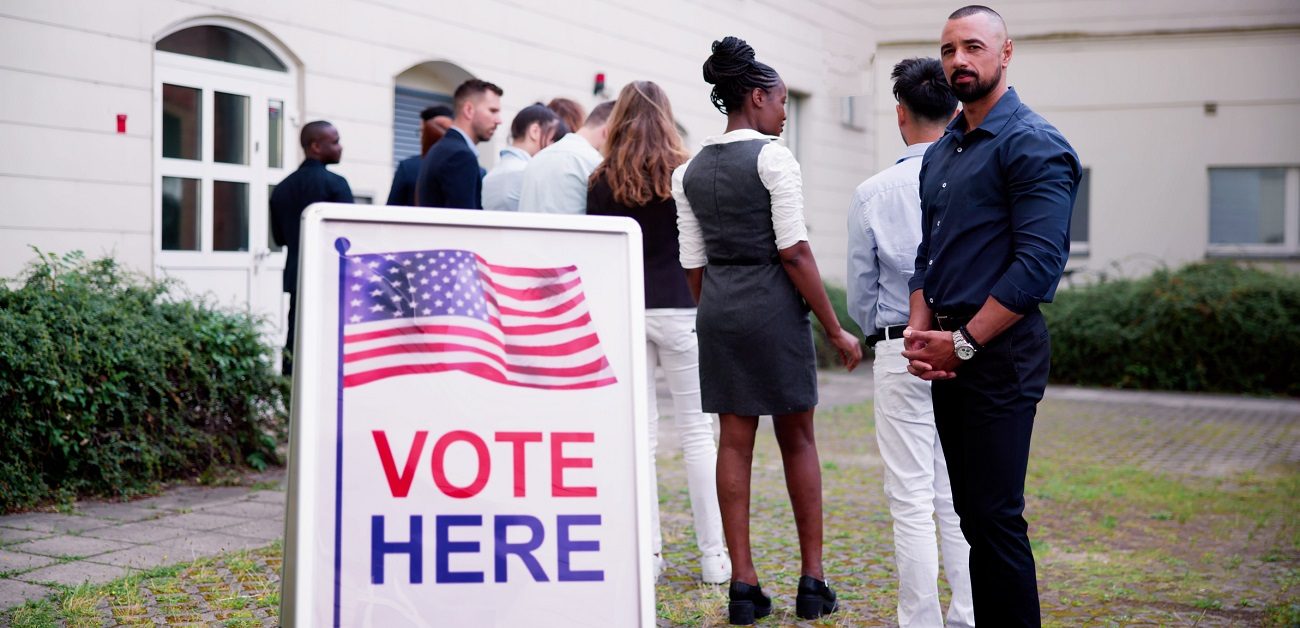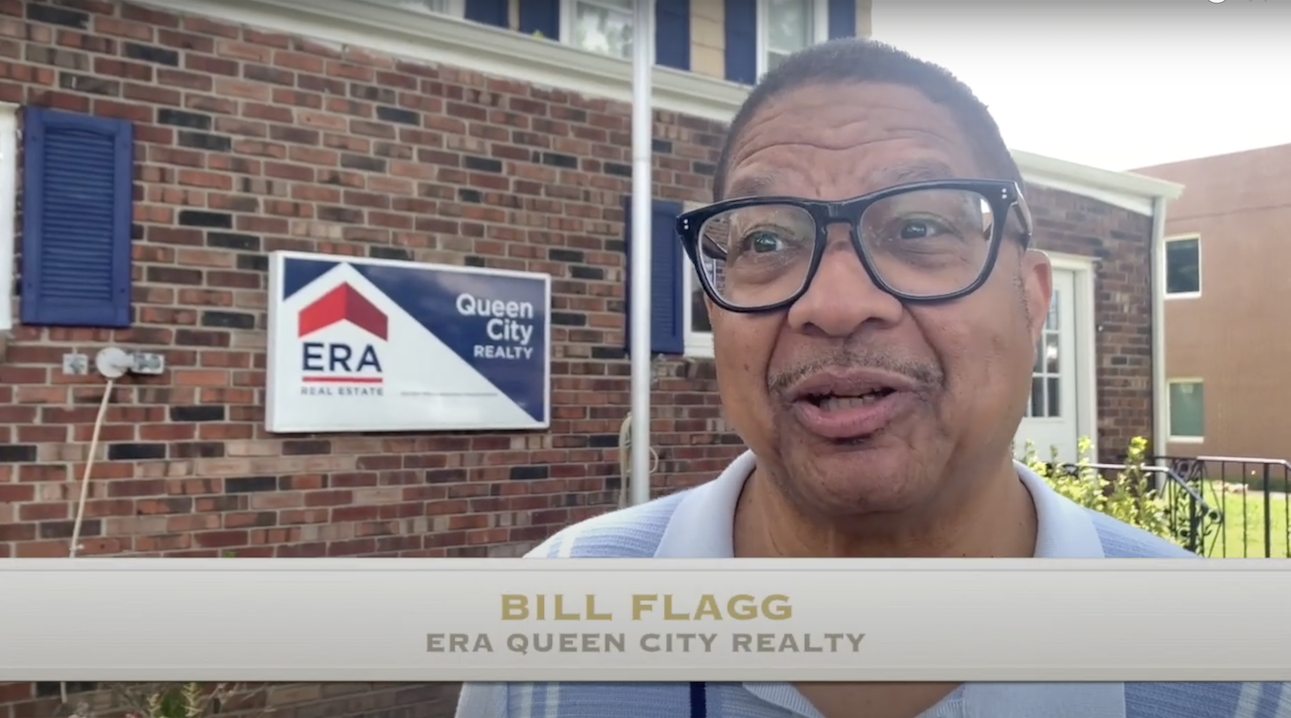
You may not realize it—but you’ve probably seen Jamie Vesay’s work.
Perhaps you watched as Matt Damon and Kristen Wiig’s characters Paul and Audrey Safranek toured an ostentatious home in the movie “Downsizing.” Maybe you wiped away a tear as Bruce Dern’s cantankerous, aging Woody Grant visited his ramshackle childhood home in the film “Nebraska.” Or maybe you’ve seen commercials for Calvin Klein’s Eternity, Verizon or Union Pacific that featured eye-catching locations, including an Olympic star’s home, a glittering city skyline and fields of wheat waving in the wind. All these memorable images have one thing in common: location work by Vesay.
Though he wears many hats in the entertainment world, the Omaha, Neb.–based Vesay works primarily as a location scout and location manager. As a location scout, he assists the director of a film, TV show, commercial or music video with finding all the locations, both indoor and outdoor, that will be needed for a shoot. As a location manager, he coordinates each individual location’s logistics, including negotiating location agreements; working out parking, permits and insurance; and collaborating with neighborhoods, police, city services and utilities. And the work for any one shoot can be staggering: a movie, for example, could have over 100 locations.
Vesay’s work brings him into contact with a wide variety of commercial and residential properties, and he feels a special kinship with real estate professionals—he even worked for a time as a real estate agent himself.
Vesay spoke to Culture Scan recently about his career, which allows him to work in two industries he loves—real estate and entertainment.
How did you become a location scout?
I got my start along the lines of the classic Hollywood tale: knowing somebody who knew somebody on a movie crew. The phone call from my friend went something like, “Do you want to work on the special effects crew of a movie? I can get you an interview.” My response was I have no idea what that means but yes.
A month later, I was in Baltimore working with a special effects crew on a major motion picture called Avalon.
So, I didn’t begin in the locations department. It wasn’t until years later when I began working on commercials that a colleague encouraged me to do location work. He told me, “You would be good at it. And it’s the first call a production makes.” He was right on both accounts.
How does your work bring you into contact with commercial and residential real estate?
For commercial properties, I’ll start with a company website. If it’s a search for something like an empty warehouse or a new office building, I’ll reach out to commercial agents.
Houses and homes are arguably the hardest locations to scout—simply because there are so many choices. When looking for a house, I’ll reach out to agents, builders, and most certainly do a good old drive around. As a last resort, I have used the local county geographic information system to get an owner’s name. I have also knocked on doors. If nobody is home, I leave a flyer that explains who I am and what I am interested in.
Could you tell us about some of the location work you’ve done for commercials?
I have worked on over 1,000 commercials in my career with locations literally from A to Z—everything from airports to the zoo. Some of the best stories involved being outdoors: working out on a farm, on a lake shooting a fishing commercial, or on a binoculars campaign on the coast of Oregon. Meeting new people who do interesting jobs is fascinating, too. My personal life mantra is you can never see enough places or meet enough people. When all the elements of a cool project—namely, a professional crew and client and a great location—align, it is nothing short of production nirvana, which I have described in an article on my website.
You’ve worked on feature films, including “Downsizing,” “Nebraska” and “Up in the Air.” Could you tell us about some of the locations that you found or worked on for those films?
On “Up in the Air,” I spent two months scouting, negotiating, and collaborating with the city of Omaha and the Old Market District, where George Clooney’s character buys a loft apartment, shops and jogs in the streets. We shot the scenes, but it all got cut from the movie.
On “Downsizing,” my big find was the duplex in Omaha. I personally looked at about 100 of them. Ultimately, the exterior was shot in Omaha and the interior in Canada.
My “claim to location fame” is in “Nebraska.” I found the abandoned farmhouse that was Woody’s family home. Aside from being [included in] a poignant scene in the movie, it ended up on the cover of the DVD.
You’ve said that your work has similarities to the day-to-day work of real estate agents. Could you elaborate?
There are many similarities between locations work in filmmaking and real estate. My “clients” are filmmakers, commercial photographers, and advertising agencies. My first questions for them are similar to what a real estate agent might ask: What kind of a place do you want or need, and what is your budget? I ask a lot of questions, simply in the name of helping the client. When they say, “We need a barn.” I reply with “What kind? How big? What color is it? Is it old or new? Wood or metal?” And right about then, the client will say “Why so many questions?” In commercials, you would be surprised how many projects don’t even have a script or storyboards (visual guides of each scene). Having a script is similar to having a blueprint for a building. It helps the general contractor realize your vision within your budget.
I also work with contracts, insurance providers, and accounting departments. I do location presentations (like a comparative market analysis) and make recommendations. I do “showings” to directors and producers. In studio movies, there’s an “inspection” process when key members of the crew see the locations to be shot—the studio sends along a safety rep who signs off on the safety of a set.
And just like in real estate, when you have one listing, you’re always looking to follow it up. I’m an independent contractor, and when I’m on a job, I’m always looking for the next one.



